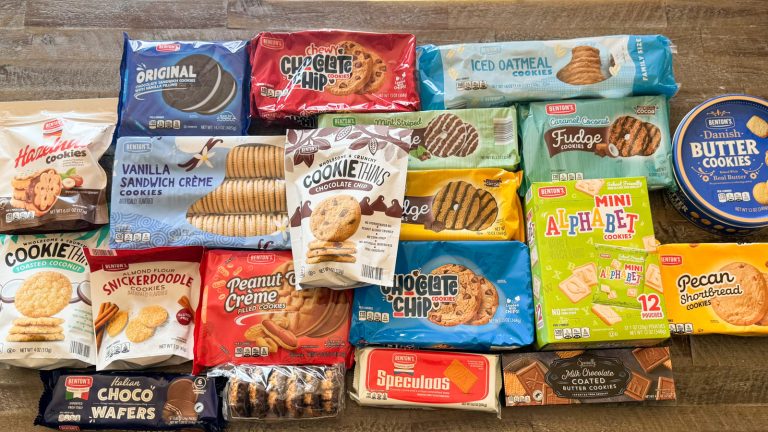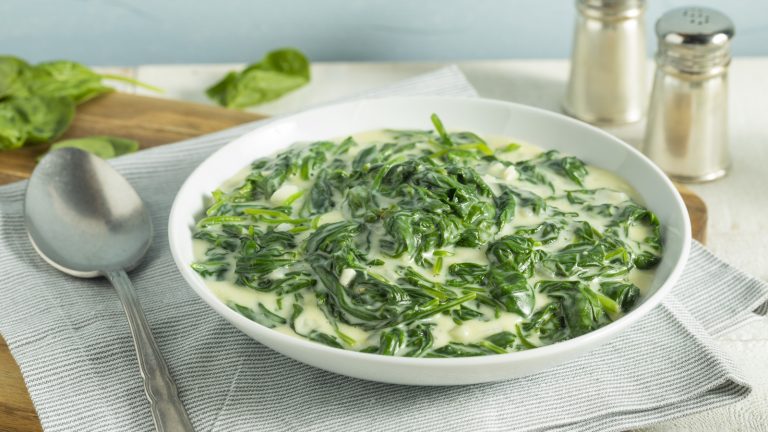We may receive a commission on purchases made from links.
If you imagine yourself in a place where, when you breathe in, you get mouthwatering aromas of caramel, chocolate babka, s’mores, and cinnamon buns, what kind of place are you picturing? A bakery? Well, how about a brewery? Thanks to a centuries-old German tradition, you can sip warm, toasty beer with pastry-like aromas unlocked and captured in a lush, velvety foam.
The practice is known as bierstacheln — German for “beer spike” — or bock poking. It’s believed to have been invented by blacksmiths in Germany over 400 years ago. Looking to warm up with their beer in winter, they had the clever idea to stick hot pokers into it. We know what you’re thinking: Hot beer? But this is about as far as you can get from that six-pack of light lager you accidentally left in your car on a July day. This is done to types of beers you actually should serve warmer, which have darker malts that work perfectly for the Maillard reaction that takes place when their sugars meet heat.
More aromas shine in beer when it’s a bit warmer because its bubbles begin to release aroma compounds. Beers like stouts, porters, and dark lagers really show off their notes of toast, chocolate, coffee, caramel, toffee, and dark, dried fruits when hot-pokered. The sugars left over in these beers caramelize in the presence of such heat, too, enhancing their brown-sugar, pie-crust quality. Plus, as the beer heats, it releases carbon dioxide, which transforms into a creamy foam.
What beers work for bierstacheln and how to try it
Bierstacheln, also known by the evocative term “beer brûlée,” is done almost exclusively with dark beers. The difference between light and dark beers is malt-based: Dark beers are made with some percentage of malts that have been heated longer. The resulting flavors and aromas come fully alive in the presence of heat. Once you try bierstacheln, you’ll realize that the actual best temperature to enjoy stouts and porters at is … pretty hot. These beers have both those roasty, toasty malts as well as residual sugars to caramelize. Another hot poker-worthy beer category is the bock, as in the aforementioned “bock poking.” Bocks have been brewed in Germany since the 1300s; they’re strong and malty, and their even boozier, darker substyles like doppelbock are already dessert-leaning before the hot poker’s caramelization kicks in.
German immigrants brought bierstacheln to certain parts of the United States in the 19th century — it’s long been a tradition in Minnesota, where contemporary breweries like August Schell Brewing Co. have begun introducing today’s beer drinkers to it with festive beer-poking events. You’ll find breweries nationwide taking part now, like Brooklyn’s Grimm Artisanal Ales, Chicago’s Dovetail Brewery, and Austin’s Live Oak Brewing. Today, breweries heat beer not with blacksmith rods, but with spikes specifically designed for beer. The best news? You can get your own beer-caramelizing poking tool for under $30 — wintertime backyard hangs are about to get seriously tasty.






